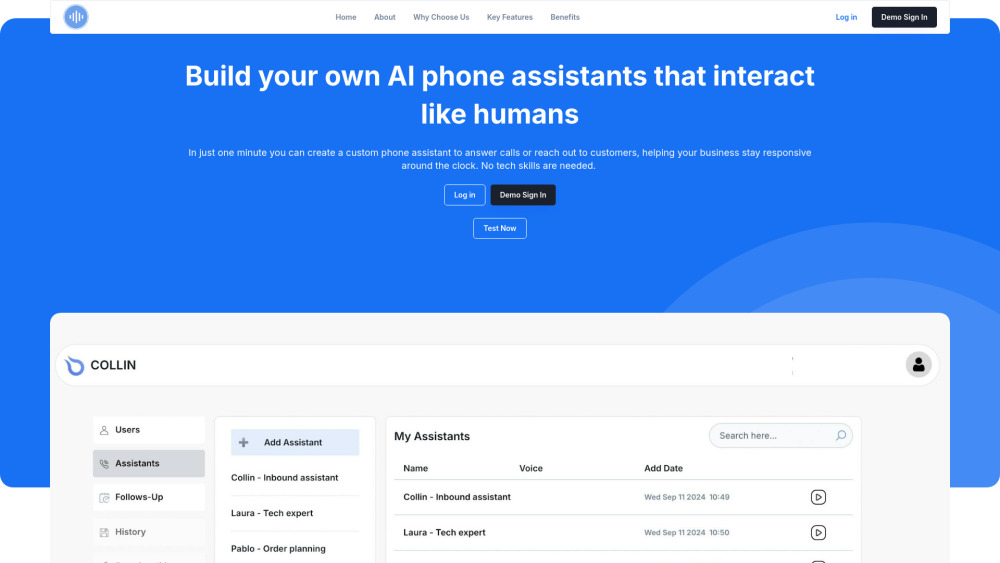Navigating the Challenges and Opportunities of Synthetic Voices
Product Information
Key Features of Navigating the Challenges and Opportunities of Synthetic Voices
Synthetic voices offer a range of possibilities, from enhancing accessibility to improving customer service, but also raise important questions about authenticity and transparency.
Authenticity
Synthetic voices must be designed to be authentic and trustworthy, avoiding potential misuse or manipulation.
Accessibility
Synthetic voices can enhance accessibility for individuals with disabilities, providing new ways to interact with technology.
Customer Service
Synthetic voices can improve customer service by providing 24/7 support and helping to resolve issues more efficiently.
Entertainment
Synthetic voices can create new forms of entertainment, such as virtual assistants, chatbots, and interactive stories.
Transparency
Synthetic voices must be designed with transparency in mind, ensuring that users understand when they are interacting with a machine.
Use Cases of Navigating the Challenges and Opportunities of Synthetic Voices
Use synthetic voices to create personalized customer service experiences.
Develop virtual assistants that can understand and respond to user queries.
Create interactive stories and games that use synthetic voices to enhance immersion.
Improve accessibility for individuals with disabilities by providing alternative interfaces.
Pros and Cons of Navigating the Challenges and Opportunities of Synthetic Voices
Pros
- Synthetic voices can enhance accessibility and improve customer service.
- They can create new forms of entertainment and interactive experiences.
- They can help to reduce costs and improve efficiency in various industries.
Cons
- Synthetic voices can be misused or manipulated if not designed with authenticity and transparency in mind.
- They can raise concerns about job displacement and the impact on human workers.
- They can be limited by the quality of the data used to train them.
How to Use Navigating the Challenges and Opportunities of Synthetic Voices
- 1
Research and understand the current state of synthetic voice technology.
- 2
Consider the potential applications and use cases for synthetic voices in your industry.
- 3
Develop a plan for implementing synthetic voices in a responsible and transparent way.
- 4
Monitor and evaluate the impact of synthetic voices on your business and customers.







